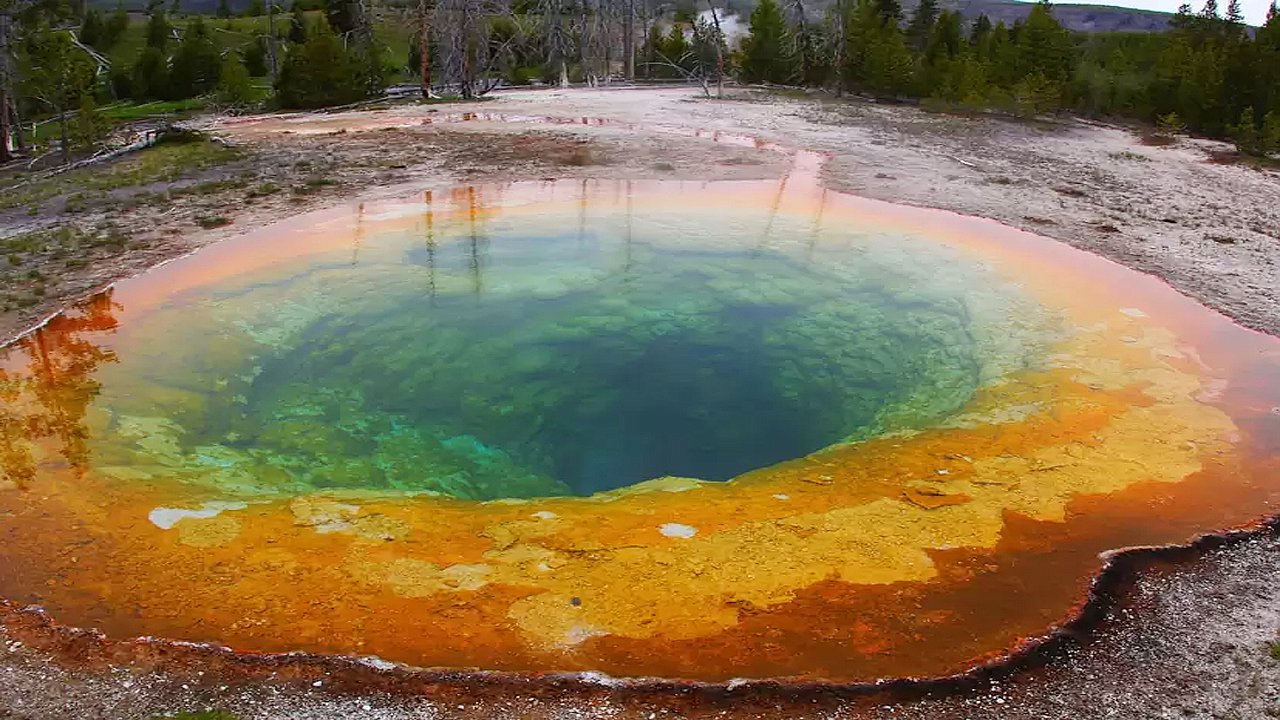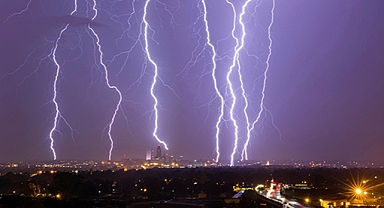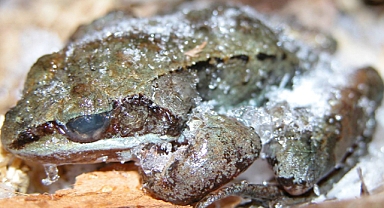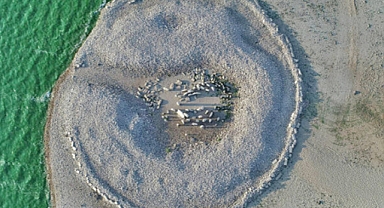The Allure and Lethal Danger of Yellowstone's Hot Springs
Yellowstone National Park is world-renowned for its geothermal features, including bubbling hot springs and erupting geysers. These mesmerizing attractions are fueled by one of the world’s largest underground magma chambers, heating water to dangerously high temperatures. While the pools may appear tranquil and inviting, many are scalding hot and acidic, creating a perilous environment. This hidden danger tragically became a reality when 23-year-old Colin Scott lost his life while exploring the park.Scott was on a quest to find a spot for “hot potting,” the practice of dipping into a natural hot spring. While checking the temperature by dipping his finger into the water, he lost his balance and fell into one of the boiling pools. The incident underscores the critical need for visitors to follow safety protocols and respect the unpredictable nature of geothermal features.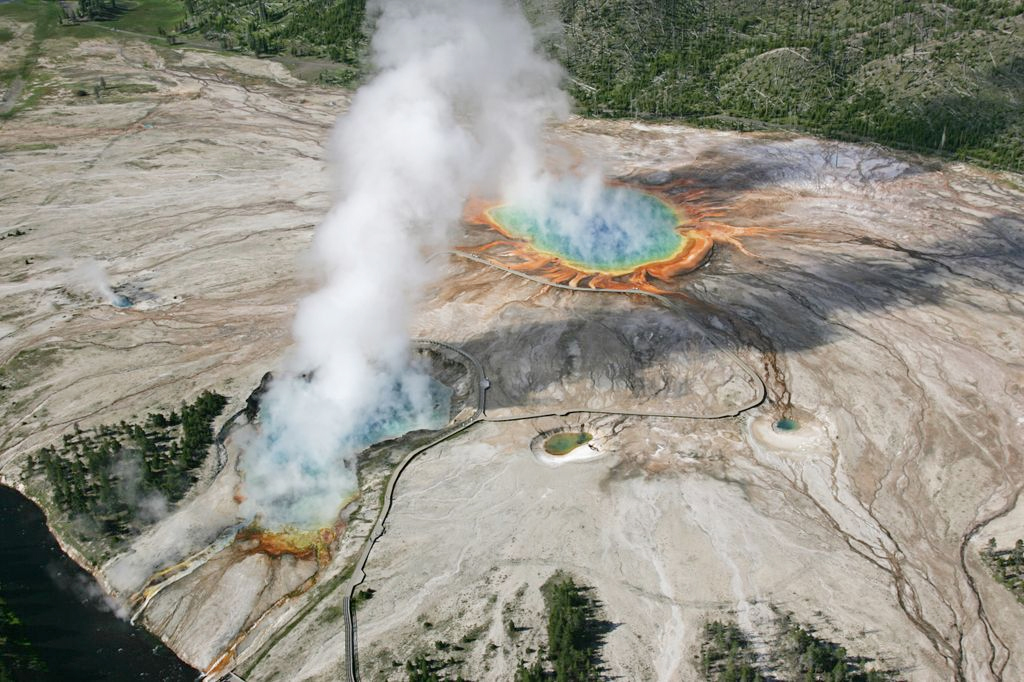 A Tragic End in One of Nature’s Deadliest Pools
A Tragic End in One of Nature’s Deadliest Pools
Park officials were unable to recover Scott’s body immediately due to hazardous conditions and worsening weather. When rescuers returned the next day, they found only his flip-flops and wallet—the acidic waters had dissolved his body completely. Yellowstone's Deputy Chief Ranger, Lorant Veress, emphasized the extreme dangers posed by the park’s hot springs, warning visitors of how quickly the scalding, acidic water can cause harm. The tragedy is a stark reminder that even brief exposure to these geothermal pools can be deadly. What appears to be a serene natural wonder on the surface hides immense danger, with water temperatures at the surface reaching nearly 199°F (93°C) and becoming hotter at greater depths.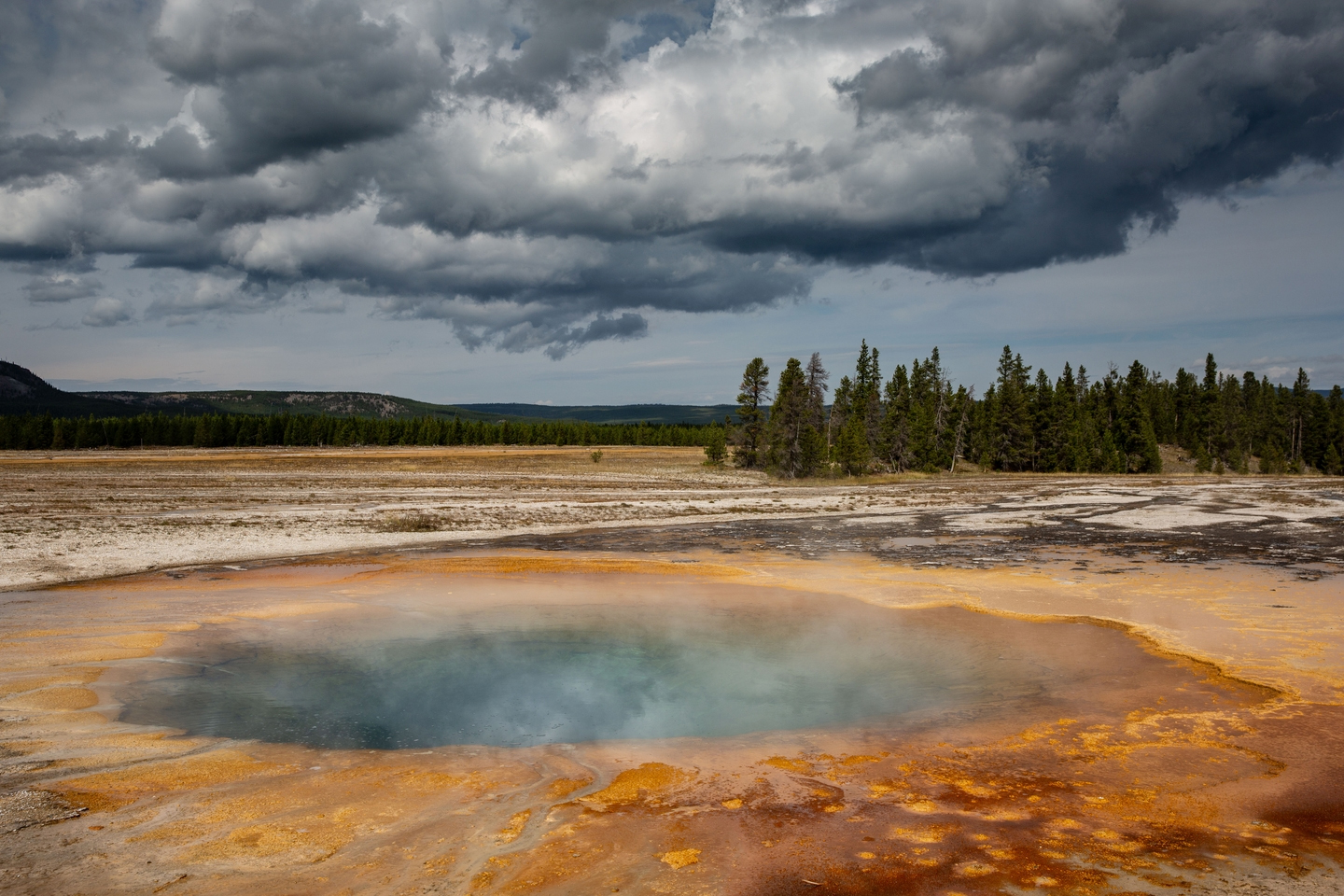 The Science and Danger Behind Yellowstone’s Geothermal Pools
The Science and Danger Behind Yellowstone’s Geothermal Pools
Yellowstone’s hydrothermal features, while visually captivating, are among the most hazardous natural environments on Earth. Besides their scalding heat, many of these pools contain highly acidic water, hostile to almost all life forms except for extremophiles like archaea. These microorganisms thrive in extreme environments but underscore just how inhospitable Yellowstone's springs are for humans.Despite multiple safety warnings throughout the park, accidents continue to occur. Colin Scott’s death is part of a long list of fatalities in Yellowstone, with 52 lives lost since 2010. However, Yellowstone is not the deadliest national park—Tennessee’s Great Smoky Mountains saw 92 deaths during the same period. Even so, Scott’s accident highlights the importance of vigilance and adhering to park rules when visiting these extraordinary landscapes.
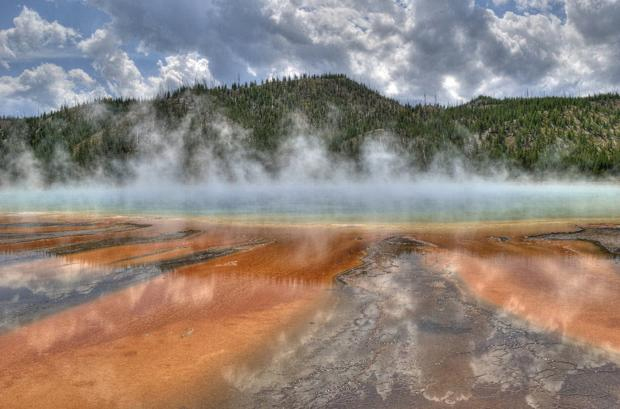 Safety Is Paramount in Yellowstone’s Rugged Beauty
Safety Is Paramount in Yellowstone’s Rugged Beauty
Yellowstone National Park provides a breathtaking glimpse into the planet’s geothermal forces. Yet visitors must understand that such beauty carries inherent risks. Staying on designated trails and following park guidelines are essential to preventing accidents in the park’s unpredictable environment.Colin Scott’s story is a sobering reminder that Yellowstone’s hot springs, though inviting in appearance, are lethal. The allure of natural wonders must be tempered by caution. Nature’s power demands respect, and only by following safety measures can visitors safely enjoy the park’s marvels.
Yellowstone National Park is world-renowned for its geothermal features, including bubbling hot springs and erupting geysers. These mesmerizing attractions are fueled by one of the world’s largest underground magma chambers, heating water to dangerously high temperatures. While the pools may appear tranquil and inviting, many are scalding hot and acidic, creating a perilous environment. This hidden danger tragically became a reality when 23-year-old Colin Scott lost his life while exploring the park.Scott was on a quest to find a spot for “hot potting,” the practice of dipping into a natural hot spring. While checking the temperature by dipping his finger into the water, he lost his balance and fell into one of the boiling pools. The incident underscores the critical need for visitors to follow safety protocols and respect the unpredictable nature of geothermal features.
 A Tragic End in One of Nature’s Deadliest Pools
A Tragic End in One of Nature’s Deadliest PoolsPark officials were unable to recover Scott’s body immediately due to hazardous conditions and worsening weather. When rescuers returned the next day, they found only his flip-flops and wallet—the acidic waters had dissolved his body completely. Yellowstone's Deputy Chief Ranger, Lorant Veress, emphasized the extreme dangers posed by the park’s hot springs, warning visitors of how quickly the scalding, acidic water can cause harm. The tragedy is a stark reminder that even brief exposure to these geothermal pools can be deadly. What appears to be a serene natural wonder on the surface hides immense danger, with water temperatures at the surface reaching nearly 199°F (93°C) and becoming hotter at greater depths.
 The Science and Danger Behind Yellowstone’s Geothermal Pools
The Science and Danger Behind Yellowstone’s Geothermal PoolsYellowstone’s hydrothermal features, while visually captivating, are among the most hazardous natural environments on Earth. Besides their scalding heat, many of these pools contain highly acidic water, hostile to almost all life forms except for extremophiles like archaea. These microorganisms thrive in extreme environments but underscore just how inhospitable Yellowstone's springs are for humans.Despite multiple safety warnings throughout the park, accidents continue to occur. Colin Scott’s death is part of a long list of fatalities in Yellowstone, with 52 lives lost since 2010. However, Yellowstone is not the deadliest national park—Tennessee’s Great Smoky Mountains saw 92 deaths during the same period. Even so, Scott’s accident highlights the importance of vigilance and adhering to park rules when visiting these extraordinary landscapes.
 Safety Is Paramount in Yellowstone’s Rugged Beauty
Safety Is Paramount in Yellowstone’s Rugged BeautyYellowstone National Park provides a breathtaking glimpse into the planet’s geothermal forces. Yet visitors must understand that such beauty carries inherent risks. Staying on designated trails and following park guidelines are essential to preventing accidents in the park’s unpredictable environment.Colin Scott’s story is a sobering reminder that Yellowstone’s hot springs, though inviting in appearance, are lethal. The allure of natural wonders must be tempered by caution. Nature’s power demands respect, and only by following safety measures can visitors safely enjoy the park’s marvels.
